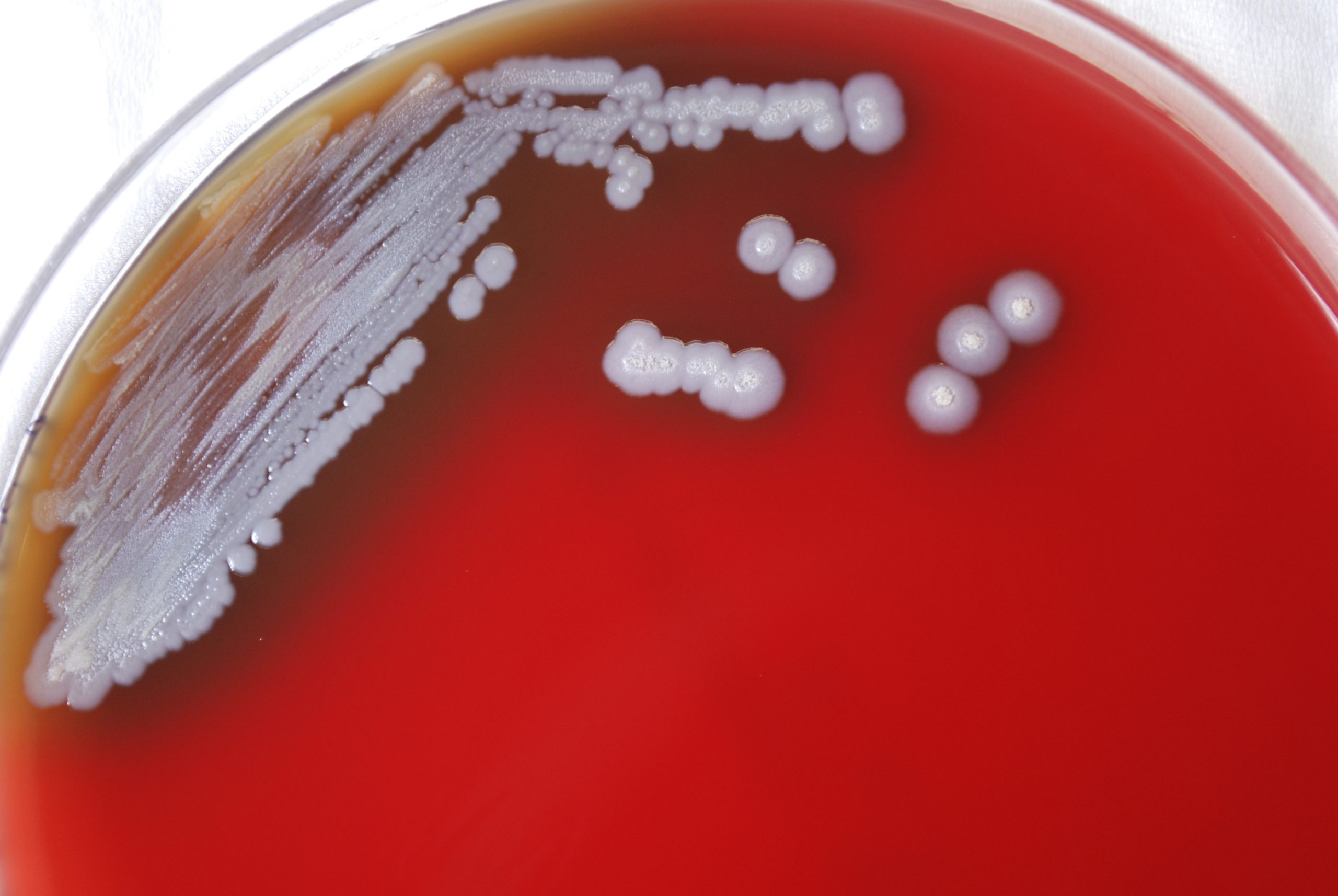The Centers for Disease Control and Prevention has issued a warning over a bacterium found in the United States for the first time.
The bacterium identified by the CDC, Burkholderia pseudomallei, or B. pseudomallei, causes a rare and serious disease called melioidosis, and was found in the Gulf Coast region of southern Mississippi from two human melioidosis cases. The patients, diagnosed with the disease in July 2020 and May 2022, were unrelated to each other but lived close by and had no recent travel outside the U.S., according to the CDC.
“Both patients were hospitalized with sepsis due to pneumonia and had known risk factors for melioidosis,” the CDC wrote. “Blood cultures were positive for B. pseudomallei, and both patients recovered following appropriate antibiotic therapy.”
CDC GRILLED AFTER REVEALING IT DIDN’T PERFORM DATA ANALYSIS ON COVID-19 VACCINE DOSES

Melioidosis symptoms, such as fever, chest pain, weight loss, and abdominal discomfort, are nonspecific and vary depending on the type and site of infection. Globally, about 10%-50% of melioidosis cases result in death.
CLICK HERE TO READ MORE FROM THE WASHINGTON EXAMINER
Despite the discovery of the bacterium, the CDC advises that most healthy people who come into contact with B. pseudomallei in areas where the disease is regularly found, such as Thailand and northern Australia, never develop melioidosis. However, people who live in or are visiting the Gulf Coast of Mississippi are advised to avoid contact with soil or muddy water and to cover any open wounds, cuts, or burns with waterproof bandages.

